Table of Contents
The Book of
ISLAMIC
DYNASTIES
A C ELEBRATION OF I SLAMIC H ISTORY AND C ULTURE

WRITTEN AND ILLUSTRATED BY
LUQMAN NAGY

TA-HA PUBLISHERS LTD.
Downloaded via sunniconnect.com
Copyright Ta-Ha Publishers Ltd. 1429AH/2008 CE
Published May 2008
Published by
Ta-Ha Publishers Ltd.
Unit 4, The Windsor Centre
Windsor Grove
London, SE27 9NT
www.taha.co.uk
Written and Illustrated by: Luqman Nagy
Edited by: Dr. Abia Afsar-Siddiqui
Typeset by: Planman Technologies India Pvt. Ltd
ISBN-10: 1 842 000 91 8
ISBN-13: 978 1 84200 091 5
Printed and bound by: Mega Basim, Turkey
This book is dedicated to its first three readers: my children
Abd al-Haq, Meryem and Abd al-Hay.
Front cover illustration : This shallow bowl decorated in the Kufi style of Arabic writing is an example of Samanid pottery. It was made in Samarqand in 912.
Back cover illustration : This is an example of stucco and ceramic tile used by the Nasrids in the Alhambra, Spain.
Title page illustration : This beautiful bismillah is an example of the superb tile work found throughout the Mosque of Gawhar Shad, Mashhad, Iran, dated 1418.
CONTENTS

I NTRODUCTION
O
ver the years, history and its importance have been very cleverly and concisely commented on by Western scholars. The American philosopher, George Santayana (18631952), for example, stated that, Those who ignore [cannot learn from] history are doomed to repeat it. And, according to the British playwright George Bernard Shaw (18561950), We learn from history that we learn nothing from history. But what did the great Arab social historian, Ibn Khaldun of Tunis (13321406), have to say about history? In his Muqaddimah (the Introduction to his Universal History ), Ibn Khaldun, surely the greatest historian of the Middle Ages, offers us a definition of history without parallel:
History is the record of human society, or world civilisation; of the changes that take place in the nature of that society, such as slavery, sociability, and group solidarity; of revolutions and uprisings by one set of people against another with the resulting kingdoms and states, with their various ranks; of different activities, and occupations of men, whether for gaining their livelihood or in the various sciences and crafts; and, in general, of all the transformations that society undergoes by its various nature
Our history the history of the varied Muslim peoples living across wide areas of the African and Asian continents began fourteen centuries ago with the revelation of the Quran to the Prophet Muhammad  and the perfection of the true religion of Islam. Once it became clear that Din al-Haq al-Islam was not solely a religion of the Arabs, but truly a religion for all peoples and for all time, Dar al-Islam quickly expanded to the east and west of its original Arabian birthplace.
and the perfection of the true religion of Islam. Once it became clear that Din al-Haq al-Islam was not solely a religion of the Arabs, but truly a religion for all peoples and for all time, Dar al-Islam quickly expanded to the east and west of its original Arabian birthplace.
This book is an attempt to present in one concise volume an introduction to the many great Islamic dynasties that have arisen, shone and faded like stars in the firmament but have left the Muslim world all the richer. It attempts to record the history of some of the changes that took place in these varied societies and to note, in the words of Ibn Khaldun, the revolutions and uprisings by one set of people against another with the resulting kingdoms and states.
The subtitle, A Celebration of Islamic History and Culture , reflects the importance of the great cultural legacy left behind by each of the dynasties discussed. In the globalised world of the twenty-first century in which we live, Western culture has invaded many Muslim minds. As an antidote to this, the present work also aims to enlighten its readers as to some of the enormous contributions made by Muslims to world civilisation. Each Islamic dynasty had its periods of strength which led to the social stability that encouraged the blossoming of Islamic culture.
This book is primarily intended as a reference work for anyone young or old interested in acquiring a basic knowledge of the major Islamic dynasties. Annotated illustrations reinforce many of the salient features discussed in each chapter. As old coins are one source of Islamic art and history readily available, many unique examples are presented here from the authors own coin collection.
The dynasties selected for inclusion in this book are ones well-recognised for their importance in the history of Islam. The list is incomplete, however. It is my sincere wish that readers of this book will be encouraged to study the history of these dynasties in greater detail and may even want to research ones not included here. For example, the study of the Islamic dynasties of sub-Saharan Africa and those of South-East Asia will also prove to be rewarding.
To fully understand events happening today in the Islamic world and elsewhere, Muslims must know their history. History does tend to repeat itself, but I am of the belief that lessons can be learned and that mistakes made in the past do not necessarily have to be repeated. As the former American president, Harry S. Truman (18841972) once said, There is nothing new in the world except the history you do not know.
Lastly, I hope that readers will enjoy this book. The patient reader will certainly be rewarded, inshaAllah . To you all my warmest salaams.
Luqman Nagy
Holy Makkah
Saudi Arabia
June 20, 2004
N OTES
| The following abbreviations have been used throughout the book: |

| - | sallalahu alayhi wa sallam (may the peace and blessings of Allah be upon him). This is only used after the name of the Prophet Muhammad  . . |

| - | radhiallahu anhu (may Allah be pleased with him). This is used after the names of the Companions of the Prophet Muhammad  . . |

| - | radhiallahu anha (may Allah be pleased with her). This is used after the names of the female Companions of the Prophet Muhammad  . . |

| - | radhiallahu anhum (may Allah be pleased with them). This is used after the names of the Companions of the Prophet Muhammad  . . |

| - | radhiallahu alayhi as-salaam (may peace be upon him). This is used after the names of the Prophets of Allah - other than Muhammad  |
Next page
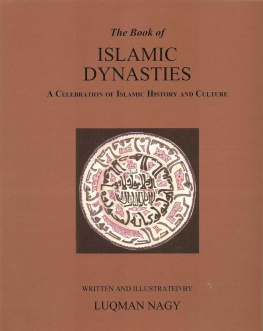

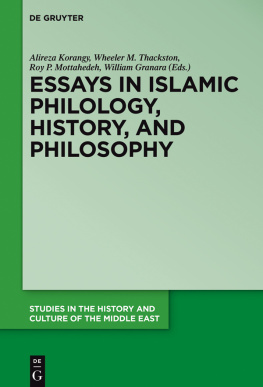

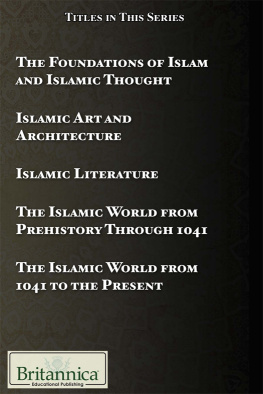
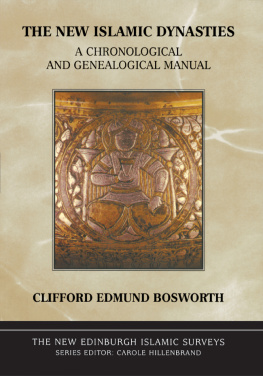

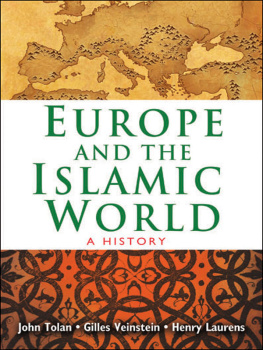

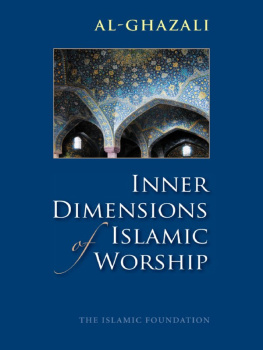

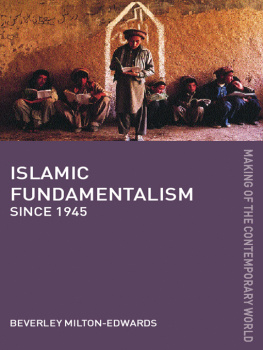



 and the perfection of the true religion of Islam. Once it became clear that Din al-Haq al-Islam was not solely a religion of the Arabs, but truly a religion for all peoples and for all time, Dar al-Islam quickly expanded to the east and west of its original Arabian birthplace.
and the perfection of the true religion of Islam. Once it became clear that Din al-Haq al-Islam was not solely a religion of the Arabs, but truly a religion for all peoples and for all time, Dar al-Islam quickly expanded to the east and west of its original Arabian birthplace.


